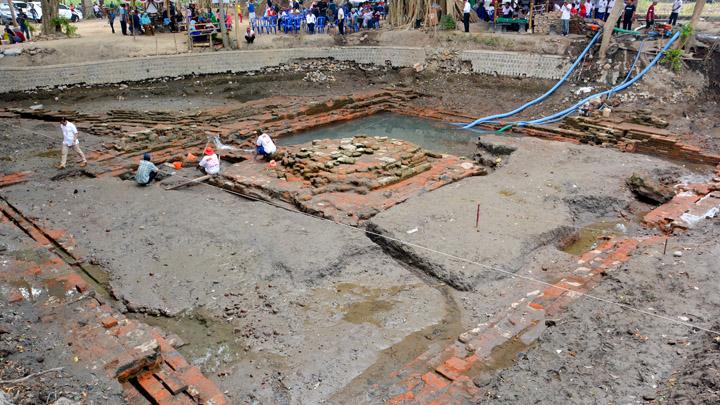
TEMPO.CO, Jakarta - The people of Tuka, a village in Bali, once practiced Hinduism. But since the 1930s, many of Tuka's Hindus converted to Christianity and Catholicism, although they still practice certain rituals to maintain harmony among themselves.
Parishioners entered the Catholic Church of Holy Trinity in the customary village of Tuka, Bali. That afternoon, the worshippers—some of whom were expats—were about to attend a Christmas Eve mass in the Catholic church located in North Kuta, around 15 kilometers west of Denpasar.
The Holy Trinity Church is the first Catholic church on the 'Island of the Gods'. The church's building is shaped in the typical Bali architectural style, with a gapura (Balinese gateway) at the main outside entrance. The church, officially opened on February 14, 1937, was dubbed the 'Bethlehem of Bali'.
As dusk approached, more and more worshippers arrived at the church. According to I Gusti Ngurah Darmadi, the 2016 Christmas Eve mass had to be conducted twice because of the large number of attendees. "Every year the congregation grows. In 2016, the number had reached 2,000 people," said Darmadi, 43, chairman of the Holy Trinity Parish Council.
At 6:00 PM, as night fell, the lights in the church were dimmed and a procession of altar boys carrying candles filed into the church. The atmosphere turned tranquil as the choir began to sing the hymns.
The Christmas Eve mass in Bali's oldest Catholic church was, in fact, not much different from Christmas masses all over the world. But this one felt special because it was being conducted in Tuka, where the Balinese Hindu traditions are well-preserved.
Tuka is a customary village in Bali with a majority Catholic population. In the village of 250 households and 1,508 residents, 80 percent are Catholic, 30 families are Hindu, three families are Protestant, and one family is Muslim. Like other customary villages in Bali, Tuka has village temples, the Dalem Temple and the Puseh Temple.
According to Darmadi, although the majority of the population are Catholic, they still preserve the village's old traditions. In Tuka, parishioners practice acculturation, or the adoption of foreign elements into local traditions, as apparent in the way most of the congregation come to mass wearing traditional Balinese costume.
The day before Christmas, pepenjoran (the Tuka Catholics term for penjor — the tall, decorated bamboo poles specific to Balinese tradition) are erected in front of each home and also along the church's front yard. Penjor, which are usually set up during the Galungan and Kuningan Hindu celebrations, are traditionally decorated with young coconut leaves and yellow and white cloths. The swastika symbol is an element in the decoration, and usually, a bamboo shelf is nailed on for the Balinese to place the offerings.
The Christmas pepenjoran is different in that it's neither decorated with the swastika symbol nor complemented with a bamboo structure for offerings. Instead, the four pepenjoran that adorned the church were placed side-by-side with banners depicting crucifixes. Banners were also placed showing depictions of the saints. "A Christmas tree is the norm during the celebrations, but here the tree is replaced with the pepenjoran," Darmadi said. "In Tuka, the Balinese traditions still get high priority." (*)
Read more inspiring Outreach stories in Tempo English Weekly News Magazine























